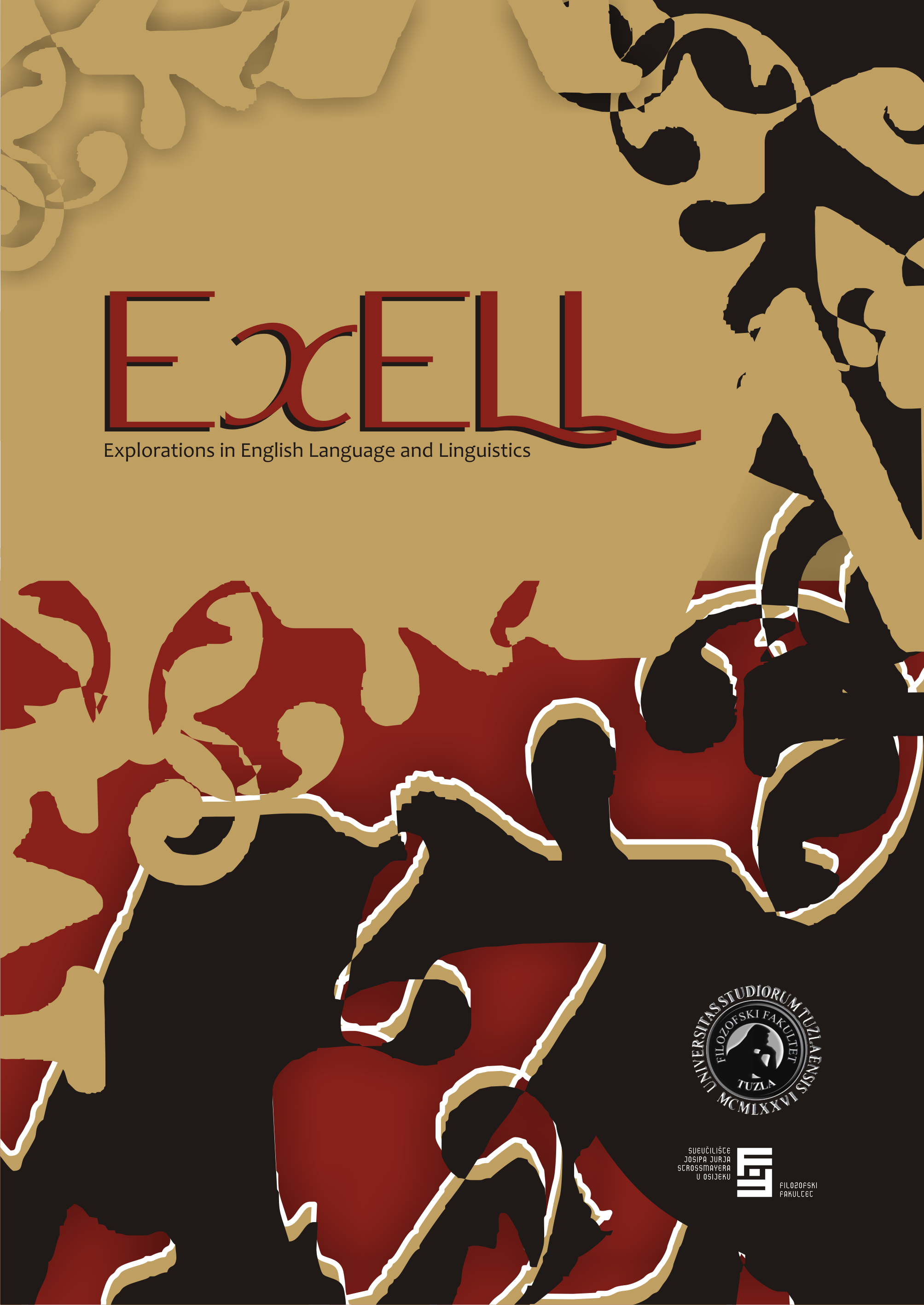On the non-viability of the endocentric–exocentric distinction: Evidence from linguistic creativity
On the non-viability of the endocentric–exocentric distinction: Evidence from linguistic creativity
Author(s): Réka BenczesSubject(s): Language and Literature Studies, Theoretical Linguistics, Semantics
Published by: Filozofski fakultet Univerziteta u Tuzli
Keywords: endocentric; exocentric; metaphor; metonymy; compounding; linguistic creativity
Summary/Abstract: While there is a vast number of compounds in English whose meaning (and motivation) can be traced back to conceptual metaphor and metonymy, they have often been dismissed in morphological literature as semantically opaque phenomena that are not formed on the basis of productive patterns. This bias can be traced back to the widely acknowledged and applied endocentric–exocentric distinction, which is still the dominant approach toward the semantics of compounds. Through the analysis of recently coined English compounds, the present paper wishes to argue against the traditional endocentric–exocentric distinction by claiming that the distinction does not do justice to the creative wealth that is representative ofEnglish compounding, and which cuts across the “endocentric” and “exocentric” labels. For this reason the paper rejects the endocentric–exocentric distinction and introduces an alternative approach to the semantics of compounds, based upon the theoretical framework of cognitive linguistics.
Journal: ExELL (Explorations in English Language and Linguistics)
- Issue Year: 1/2013
- Issue No: 1
- Page Range: 3-18
- Page Count: 16
- Language: English

